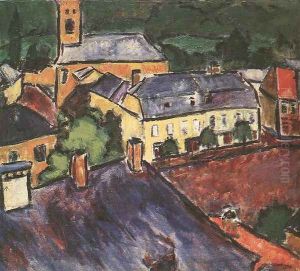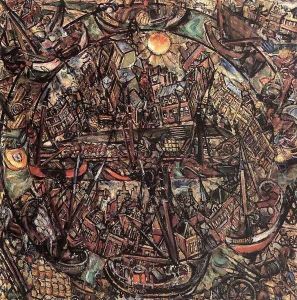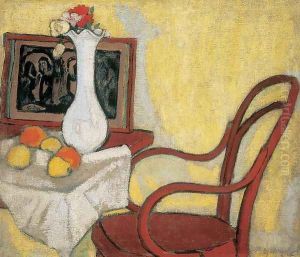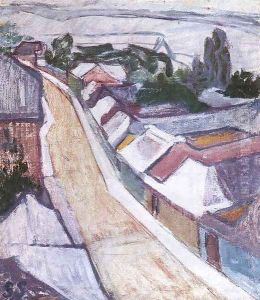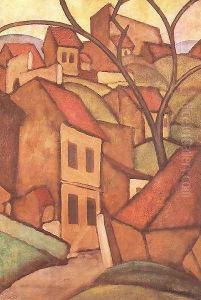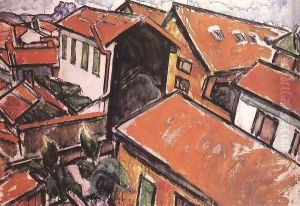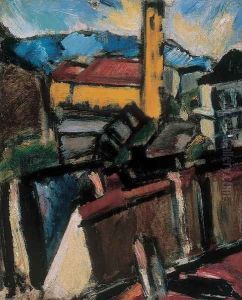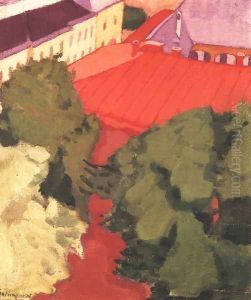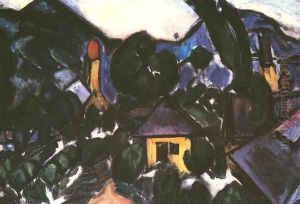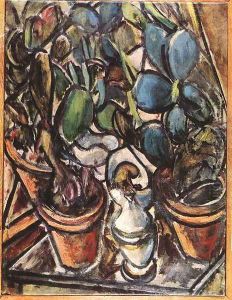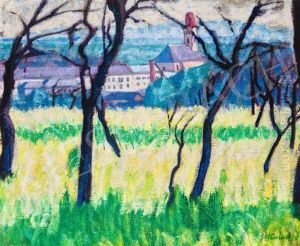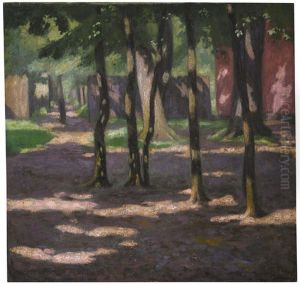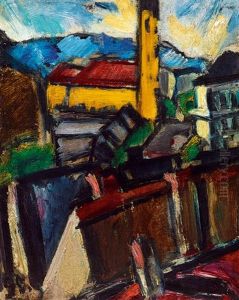Sandor Galimberti Paintings
Sandor Galimberti was a Hungarian painter, born in 1883 in Zalaegerszeg, Hungary. His work was primarily influenced by Post-Impressionism and early Fauvism, characterized by bold colors and dynamic brushwork. Galimberti's artistic journey began at the Nagybánya artists' colony, which was a pivotal center for Hungarian art at the turn of the 20th century, fostering a new artistic language that was departing from the academic styles prevalent at the time.
Galimberti continued his studies in Munich and Paris, where he was exposed to the works of the contemporary avant-garde. The influence of artists such as Van Gogh, Cézanne, and the Fauves is evident in his paintings. Despite the clear influence of these movements, Galimberti's style retained a distinctive quality, characterized by an expressive use of color and a tendency to simplify forms.
His career was cut tragically short by his early death in 1915, at the age of 32. Galimberti served in World War I and died in battle. Due to his brief career, his body of work is not extensive, but it is significant for its contribution to the development of modern Hungarian art. His paintings are held in high regard and can be found in several Hungarian museums, including the Hungarian National Gallery.
Galimberti's legacy is one of innovation and passion. His dedication to exploring new artistic directions and his vibrant use of color left an indelible mark on the Hungarian art scene. Although his life and career were short, his work continues to be celebrated for its vitality and its role in the evolution of Hungarian modernism.
